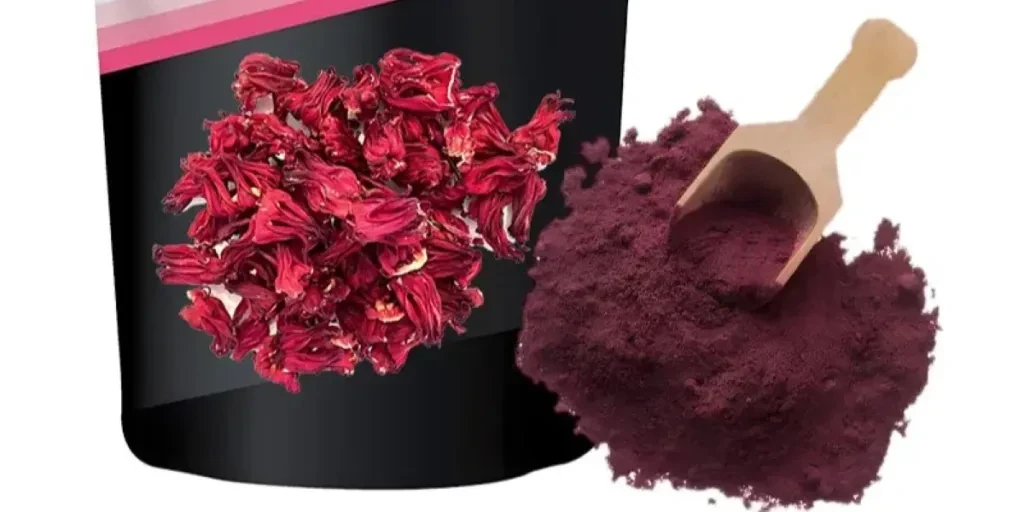Ever woken up to a head full of tangled, matted hair that seems impossible to brush through? You’re not alone. Matted hair is a common problem that can leave you feeling frustrated and discouraged. But don’t reach for the scissors just yet! This guide will walk you through understanding why hair gets matted, how to safely detangle even the most stubborn knots, and ways to prevent future matting. With our expert tips and product recommendations, you’ll be on your way to smoother, healthier hair in no time.
Table of Contents
● What causes matted hair?
● Gentle techniques for detangling
● Best products for tackling knots
● Preventing matted hair: Daily care tips
● When to seek professional help
What causes matted hair?
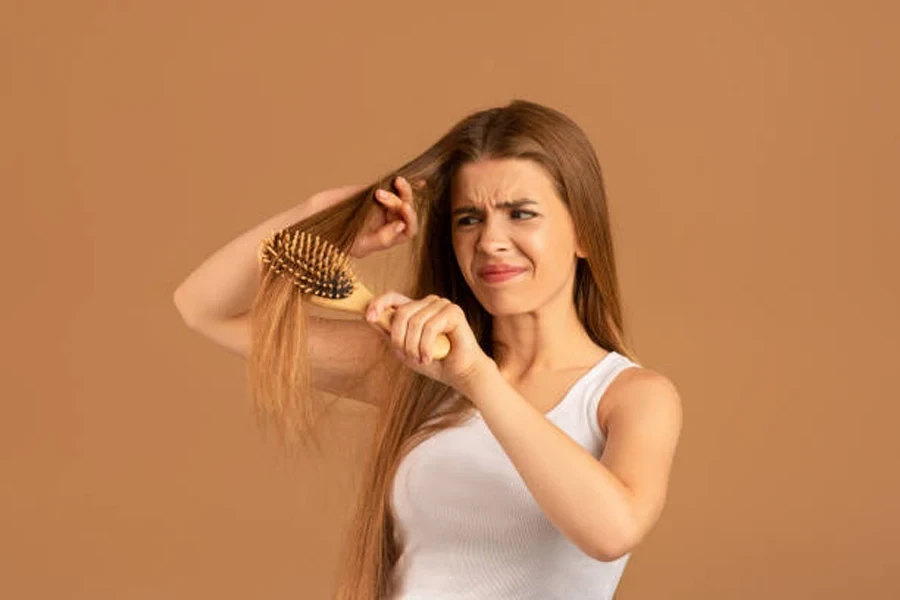
Matted hair is a widespread issue affecting all hair types. It occurs when strands become tightly intertwined, forming dense, knotted masses that are difficult to separate. Understanding the causes is crucial for prevention and treatment. Product buildup is a leading cause of matted hair. Accumulated styling products, conditioners, and natural oils can create a sticky residue on the hair shaft, promoting clumping and increased friction between strands. This makes hair more prone to tangling and matting. Poor shampooing habits or over-conditioning can worsen this problem.
Lack of regular brushing or combing is another significant factor. When you don’t detangle your hair frequently, loose strands that naturally shed can become entwined with attached hairs, forming mats over time. This is especially true for those with long or textured hair. Additionally, sleeping with wet hair or not protecting your locks while you slumber can lead to morning tangles that, if left unaddressed, may develop into mats.
Environmental factors also play a role in hair matting. Exposure to wind, humidity, or even the friction from scarves and high-collared clothing can cause hair to tangle. For those with drier hair types, lack of moisture can make strands more prone to intertwining and forming knots. Understanding these causes can help you take proactive steps to keep your hair smooth, manageable, and mat-free.
Gentle techniques for detangling
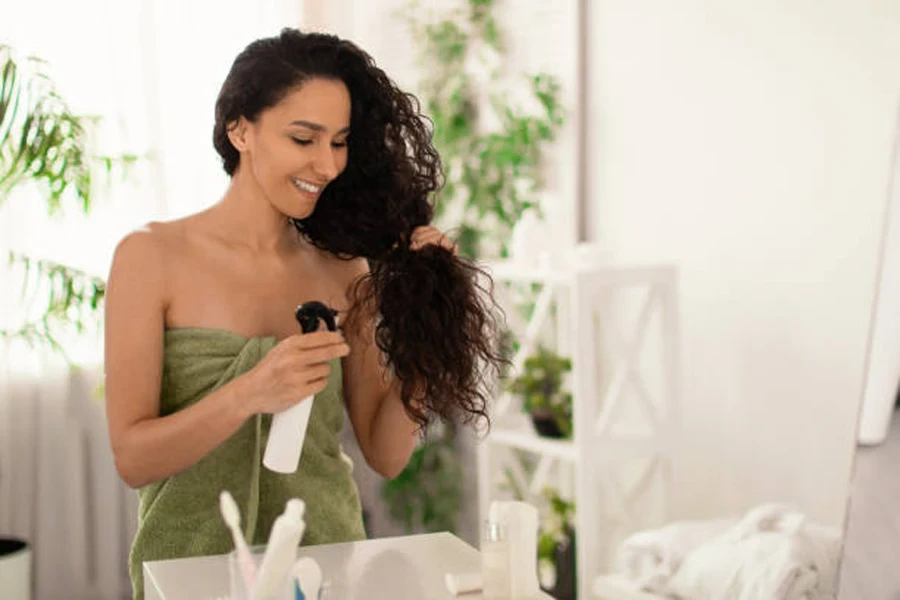
Tackling matted hair requires patience and a gentle touch to avoid causing damage or breakage. The key is to approach the process methodically, working from the ends of your hair towards the roots. Start by separating your hair into manageable sections, securing each with a soft hair tie or clip. This division makes the task less overwhelming and allows you to focus on one area at a time.
Before diving in with a brush or comb, apply a generous amount of detangling spray or leave-in conditioner to the matted areas. These products add slip to your hair, making it easier to work through knots. Gently massage the product into the matted sections with your fingers, taking care not to create more tangles. Allow the product to sit for a few minutes to penetrate and soften the hair.
Next, use your fingers to carefully begin separating the hairs. Start at the bottom of the mat and slowly work your way up, gently teasing apart the strands. Once you’ve loosened the mat with your fingers, switch to a wide-tooth comb. Begin at the ends of your hair and gradually work your way up, using short, gentle strokes. If you encounter resistance, don’t force the comb through – instead, return to finger-detangling or apply more product.
For particularly stubborn mats, you might need to employ additional tools. A detangling brush with flexible bristles can be effective for working through tough knots. Some people find success using the end of a rat-tail comb to carefully separate individual strands within the mat. Remember, the goal is to be as gentle as possible to minimize hair breakage and scalp discomfort. With patience and the right technique, even the most challenging mats can be successfully detangled.
Best products for tackling knots

When it comes to battling matted hair, having the right arsenal of products can make all the difference. A good detangling spray is an essential tool in your kit. Look for formulas that contain ingredients like silicones or natural oils, which create a slippery coating on the hair strands, making them easier to separate. Some sprays also include proteins or vitamins that can help strengthen and nourish your hair as you work through the tangles.
Leave-in conditioners are another valuable asset for tackling knots. These products provide intense moisture, which is crucial for softening and loosening matted areas. Opt for lightweight formulas that won’t weigh your hair down or contribute to further buildup. Many leave-in conditioners also offer heat protection, which is beneficial if you plan to use any heated styling tools after detangling.
For those with particularly stubborn mats, a detangling cream or butter can be a game-changer. These thicker formulations provide maximum slip and often contain nourishing ingredients like shea butter or argan oil. They’re especially useful for those with dry, coarse, or curly hair types that are more prone to tangling.
Don’t forget about the importance of the right tools. A wide-tooth comb is gentler on tangled hair than a brush, allowing you to work through knots with less breakage. For severe matting, consider investing in a specialized detangling brush with flexible bristles designed to glide through knots without pulling or snagging. Lastly, a set of hair clips or soft ties can be invaluable for sectioning your hair, making the detangling process more manageable and efficient.
Preventing matted hair: Daily care tips
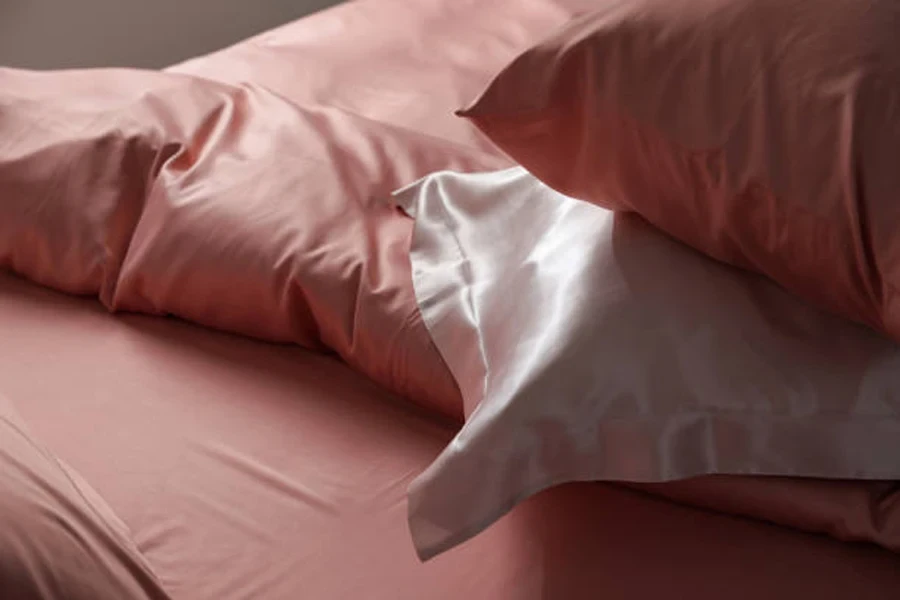
Preventing matted hair is far easier than dealing with it after the fact, and incorporating a few simple habits into your daily routine can make a world of difference. One of the most crucial steps is regular brushing or combing. Aim to detangle your hair at least once a day, preferably before bed. This helps remove loose hairs and prevent them from tangling with attached strands. For those with curly or textured hair, using your fingers or a wide-tooth comb while hair is damp can be gentler and more effective.
Proper hair washing techniques are also essential in preventing matting. When shampooing, focus on your scalp rather than piling all your hair on top of your head, which can create tangles. Use a sulfate-free shampoo to avoid stripping your hair of its natural oils, and always follow up with a conditioner, concentrating on the mid-lengths and ends. Consider using a leave-in conditioner or detangling spray after washing to provide extra protection against knots.
Protecting your hair while you sleep can significantly reduce morning tangles. Invest in a silk or satin pillowcase, which creates less friction than cotton. Alternatively, try sleeping with your hair in a loose braid or wrapped in a silk scarf. For those with long hair, pineappling – gathering your hair loosely at the top of your head – can be an effective nighttime strategy.
Lastly, be mindful of how you wear your hair during the day. Avoid tight hairstyles that can cause breakage and lead to tangling. If you use hair ties, opt for seamless varieties that won’t snag your strands. Regular trims are also crucial, as split ends can contribute to matting. By incorporating these preventive measures into your daily routine, you can significantly reduce the likelihood of dealing with matted hair in the future.
When to seek professional help
While many cases of matted hair can be resolved at home with patience and the right techniques, there are situations where professional intervention may be necessary. If you’ve tried detangling your hair for an extended period without success, or if the matting is so severe that it’s close to the scalp, it might be time to consult a hair care expert. Professional stylists have specialized tools and products that can tackle even the most challenging knots without causing excessive damage to your hair.
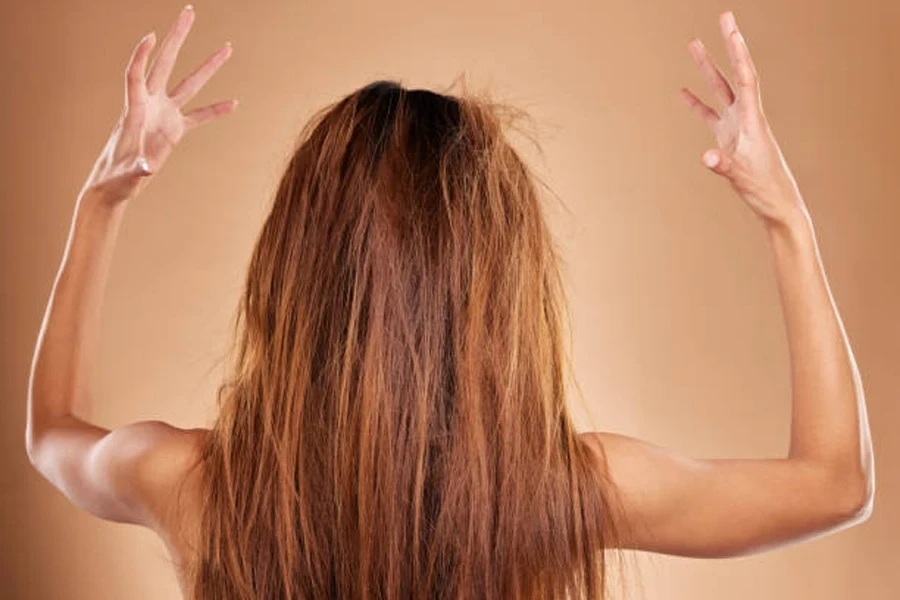
Seeking professional help is particularly important if you’re dealing with matting due to medical conditions or after long-term neglect. For instance, individuals recovering from illness or surgery, or those with certain scalp conditions, may experience severe matting that’s best addressed by a professional. In these cases, a stylist or trichologist can not only help detangle your hair but also provide advice on managing your specific hair care needs going forward.
It’s also wise to consult a professional if you’re experiencing hair loss or scalp pain along with matting. These symptoms could indicate underlying issues that require expert attention. A professional can assess the health of your hair and scalp, potentially identifying problems you might have overlooked.
Conclusion
Matted hair is a common challenge, but with the right approach, it’s entirely manageable. By understanding its causes, using gentle detangling methods, selecting appropriate products, and adopting preventive habits, you can keep your hair healthy and knot-free. Patience is crucial when dealing with tangles – take your time to avoid damaging your locks. For severe or persistent matting, don’t hesitate to consult a professional. Their expertise can provide tailored solutions for your specific hair needs. With consistent care, you’ll transform your hair from tangled to tamed, enjoying smoother, more manageable tresses. Embrace these strategies and relish the confidence that comes with beautiful, tangle-free hair.
